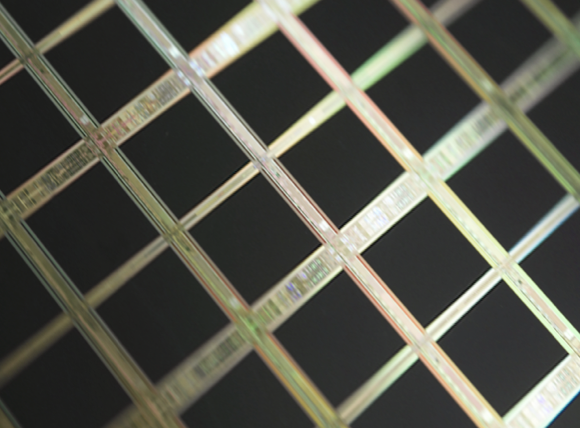
For full control over our product quality, we carry out the development of our thermal imaging module in house. Using our high-end equipment, we are able to safely develop our detectors with confidence.
Traditional wafers were diced into individual chips, then packaged. Senopex conducts wafer-level packaging, such technology allows detectors to continue to reduce in size and provides better heat dissipation as well increasing the overall performance such as sensitivity and power consumption.
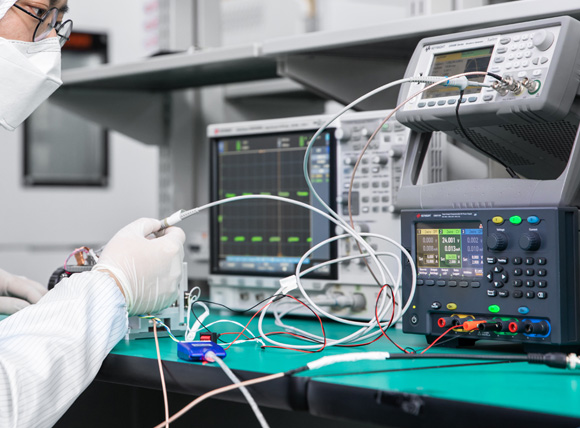
Once our detector and components have been welded, our dedicated personnel power up the soldered board and make the programming.
Boost results in a more detailed field of view and enhanced object identification with Senopex's advanced software algorithms, which are designed to increase imaging clarity and overall image detail.
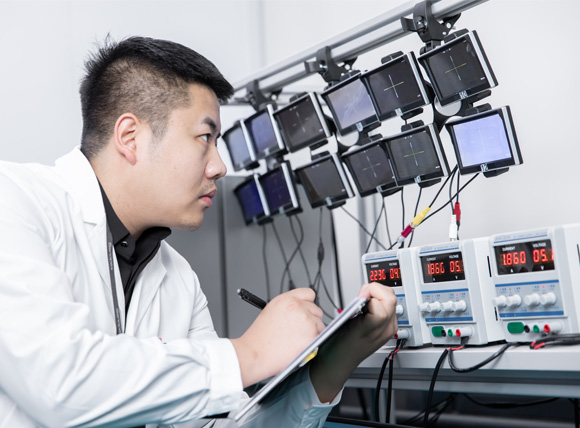
Before assembly, we carry out low and high temperature standardization tests for two hours. Response rates are calibrated under -40℃, normal temperature, and +60℃ settings to test whether the thermal cameras can endure the extreme conditions.
Our experts check the focus, brightness, contrast, ranging and other functions to guarantee operational success under any field condition.
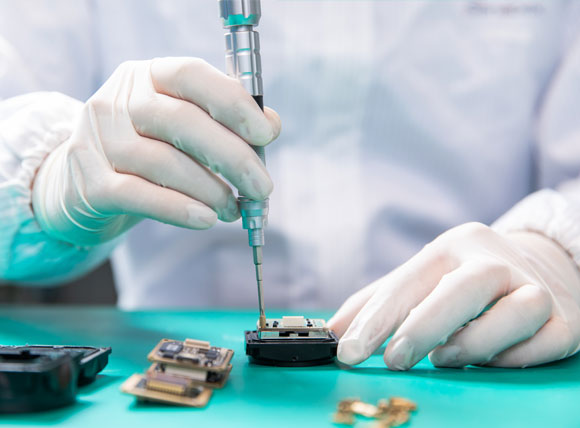
Once all the tests are conducted, we can assemble the components of our devices carefully. The structural parts also have sealing grooves and sealing rubber rings to secure every component tightly.
Having gone through proper testing, the parts should be able to withstand extreme conditions.
Trained in developing high-end components for our thermal cameras, our engineers and workers accurately calibrate hardware to perform optimally for your applications.
The manufacturing staff in our factory conduct quality assurance tests to gauge the strength and service life of our thermal cameras.
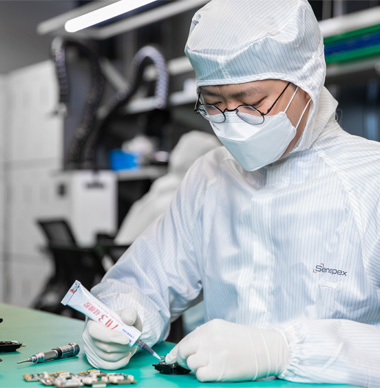
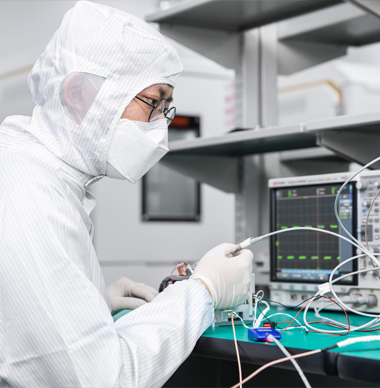
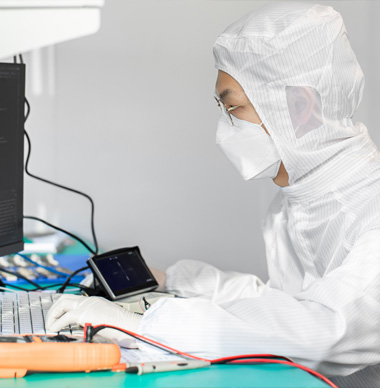
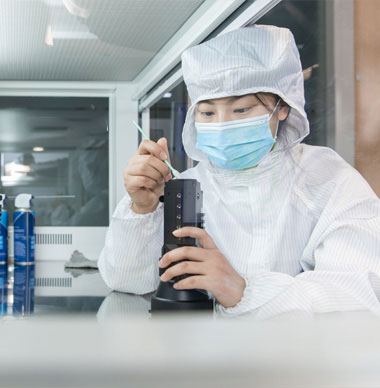
Senopex employs state-of-the-art automatic production equipment that allows us to manufacture high-quality thermal cameras at competitive pricing.